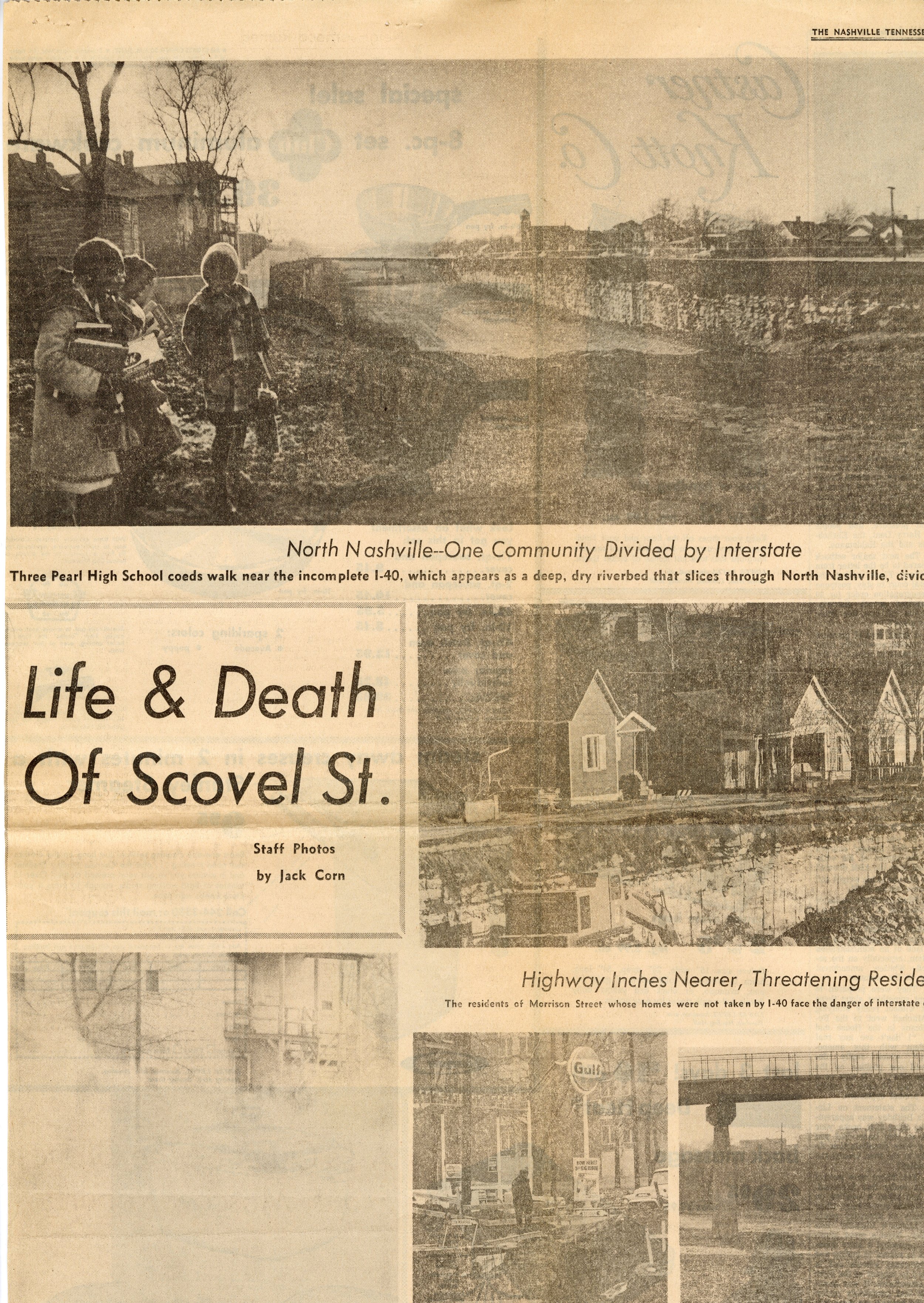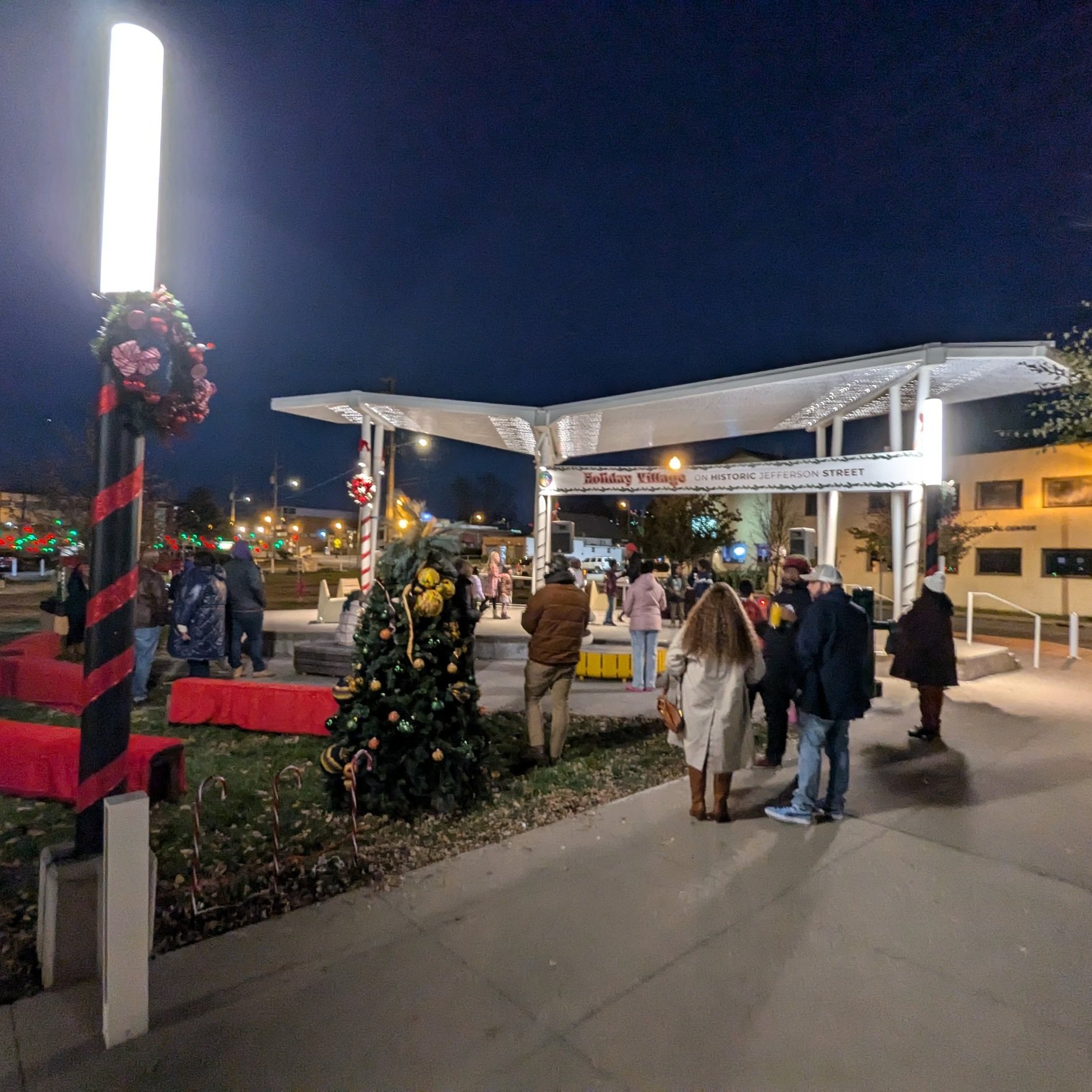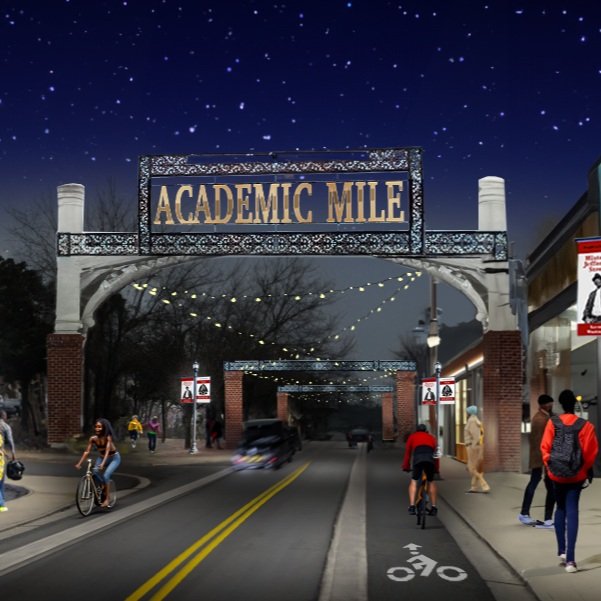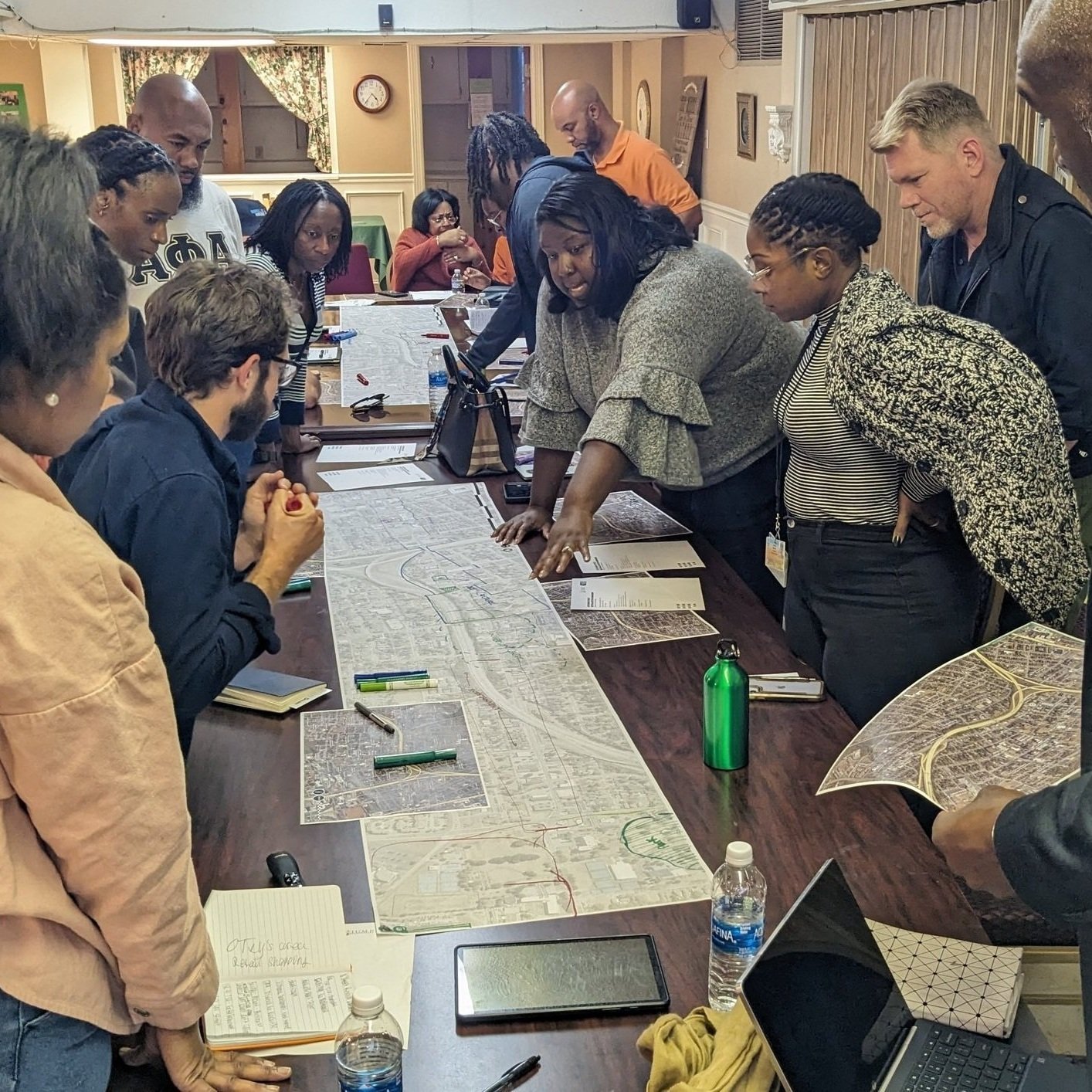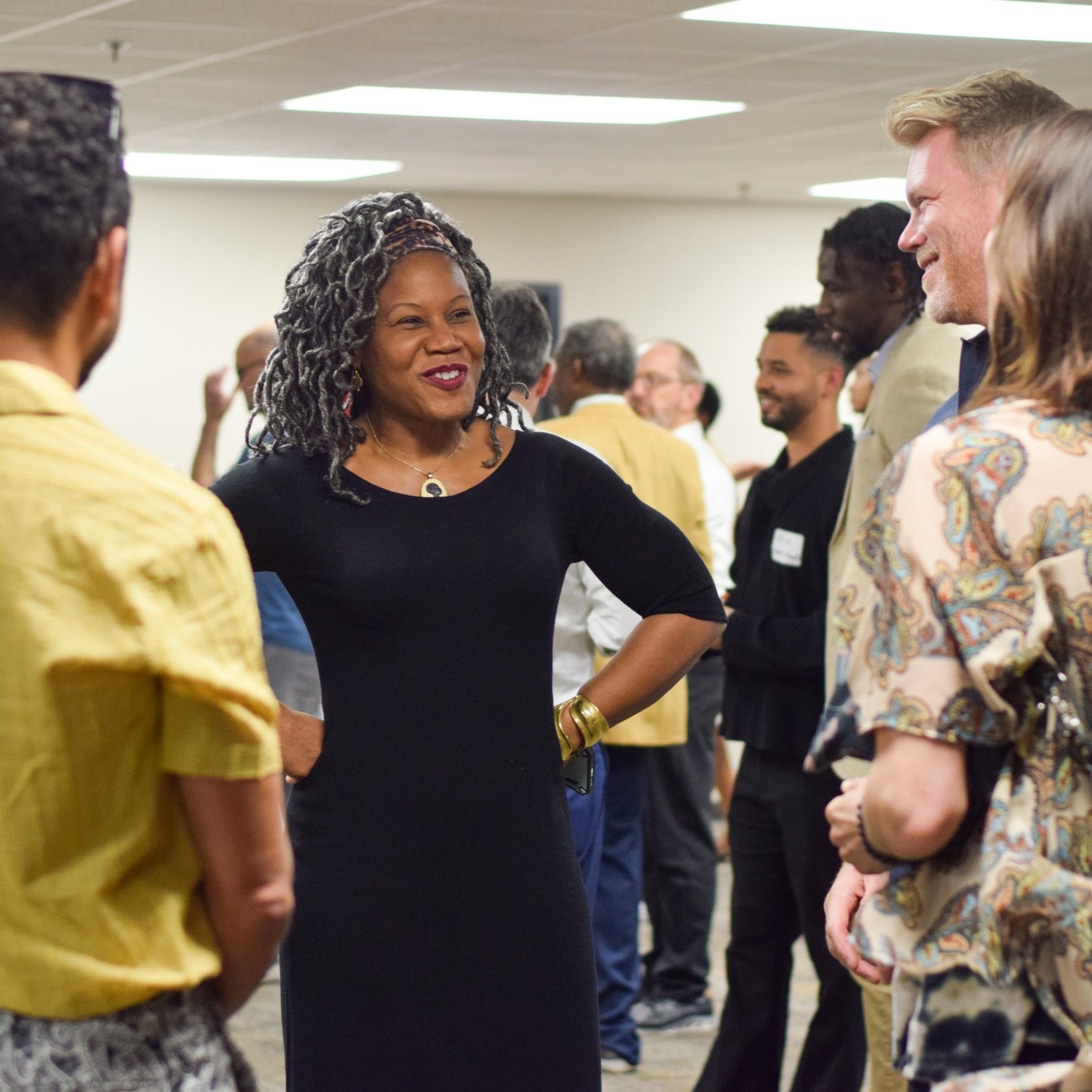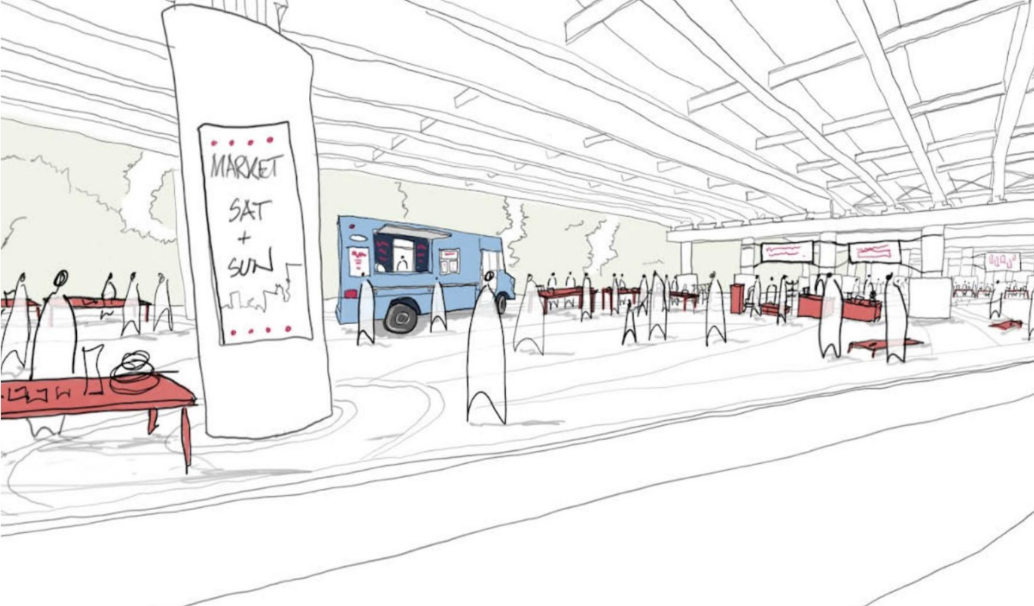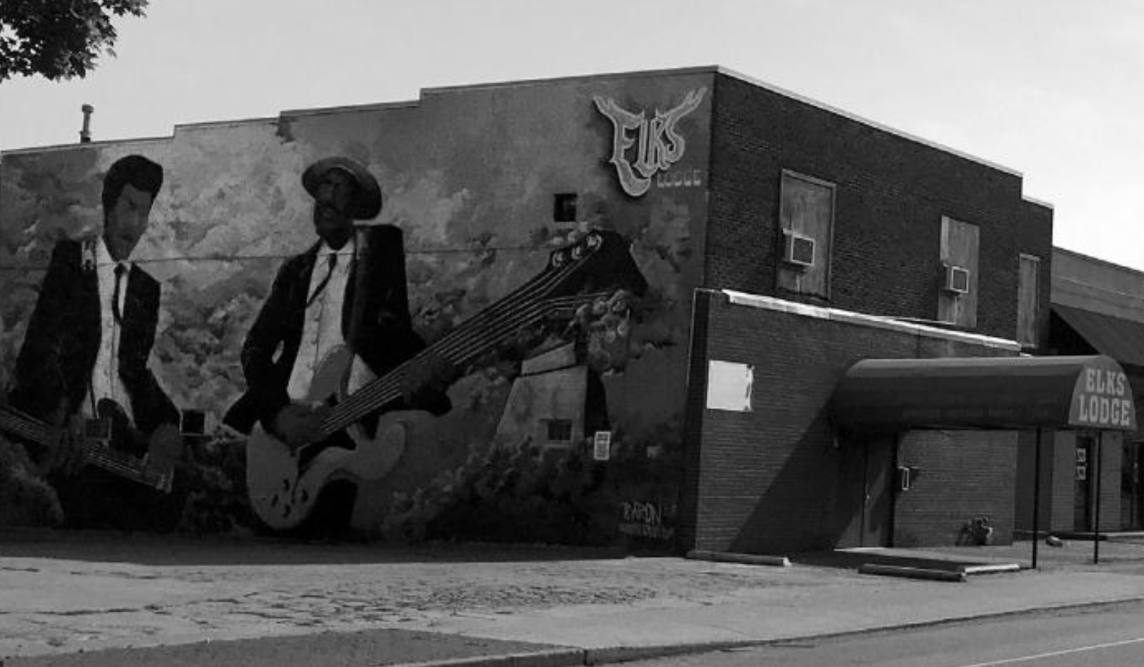
unifying Jefferson Street
Most Recent Update
2024Focus Area
Local Economies
Partner
Revitalization: a Long time Coming
Jefferson Street is a special center of Nashville’s Black-owned business community, and it has been that way since the 19th century. It was known for being home to a thriving music scene and economic center. Despite great outrage from community members, urban renewal of the 1960s brought a highway to North Nashville and physically divided much of the neighborhood from its business center. Urban renewal is synonymous with systemic racism throughout America, but reparations for the community are long overdue. Jefferson Street United Merchants Partnership (J.U.M.P.) has been long named the leader of resilience and revitalization in North Nashville, and we will be working alongside them to support Jefferson Street property owners with the creation of a Jefferson Street Master Plan.
This project supports our Guiding Principles for Local Economies, Neighborhood Identity, and Community Involvement. Check out the Guiding Principles to learn more about our goals.
Project Location
Project Context
2019: Coalition building efforts begin alongside J.U.M.P.
2004: Community engagement for The Plan of Nashville
2023: Formed Jefferson Street Property Owner Committee
2017: Community engagement for a Jefferson Street Pocket Park
2024: Pop-up Holiday Market Activation with Jefferson Street Historical Society
Project Information
-
The Civic Design Center recently received a grant from the Bank of America to support our Design Studio Projects, with a specific focus on revitalizing Jefferson Street. In collaboration with Jefferson Street United Merchants Partnership (J.U.M.P.), we were fortunate to bring Majora Carter to Nashville. Majora is an industry leader renowned for her successful neighborhood-centric development initiatives across the country, specifically aimed at addressing issues around gentrification and displacement.
-
Our initial introduction with Majora Carter dates back to 2017 when she spoke at the Civic Design Centers Annual Event. At that time, we recognized Majora’s potential as an exciting collaborator for future endeavors. In January 2020, Majora returned to Nashville as the keynote speaker at the J.U.M.P. Annual Christmas Extravaganza. We had plans to engage property owners along Jefferson Street and organize a workshop focused on equitable development strategies in areas surrounding historically Black colleges and universities. However, our progress was unfortunately impeded by the 2020 Tornado and COVID-19 Pandemic. We have resumed our efforts to explore ideas and approaches that promote community-centered development along the section of Jefferson Street between Dr. DB Todd Blvd and 12th Ave N.
-
To share Majora's inspiring work with the North Nashville community, we organized an Urban Design forum at Meharry Medical College in April 2023. Community members were invited to participate and learn from the Majora Carter Group (MGC), whose projects have made significant impacts in similar neighborhoods nationwide. Alongside the forum, we convened with J.U.M.P., local leaders, and property owners along Jefferson Street to collectively brainstorm and implement ongoing revitalization efforts for the corridor. We will continue to move forward in our mission to facilitate equitable revitalization and foster the growth of a vibrant and inclusive community.
-
A concept from the Jefferson Street Workshops is coming to life with a Market Plaza near Kossie Gardner Sr. Park, designed to complement the park’s amenities. In collaboration with the landowner, the Jefferson Street Historical Society, and other partners, the space was transformed into a vibrant destination. This initiative highlights the potential for regular programming, fosters community-centered development, and inspires activation along Jefferson Street.
project componeNts
Effects of the Interstate
Cartoon from 1968 Tennessean implying that the highway would divide Nashville
The highway had all of the expected effects from Avon Williams Jr.’s case and then some, first relocating or destroying 128 businesses, 80% of which were Black-owned. Remaining businesses were cut off from neighborhood clientele, effectively creating a ghost town where there was originally a bustling urban center. News articles abound identify the regrets of the interstate’s damaging economic effects and often claim that plans were being made to repair the fissure. The plans that were never implemented further exacerbated the distrust of local government to represent Jefferson Street. Today, with rising housing costs and an aging homeowner population in North Nashville, “revitalization” feels synonymous with “displacement.” Any efforts that the city takes now to right these historic wrongs could have even more damaging effects on the local population if they are not done correctly.
No matter where you are in the U.S., there is a huge infrastructure disparity in majority white and majority Black neighborhoods. Public input was not sought during urban renewal deepening the breech of trust between white decision makers and Black community members of North Nashville. Despite the 1967 case made by Avon Williams Jr. in opposition to the interstate placement, the court sided with the defense, and the damage was done.
After half a century of navigating the major issues that I-40 and I-65 created in our own city, The Plan of Nashville (2005) proposed the radical idea of removing large sections of interstate to reconnect neighborhoods. Of 800 Nashville community members, 94% of participants in design charettes (or group visioning sessions) were in favor of removing the interstate. Read the blog, Rethinking Interstates Within Neighborhoods, to learn more about the history and proposed infrastructure solutions.
What You Can Do to Help
Do you own property on Jefferson Street?
REsources
-
Nashville Next's Community Plans provide history, context, issues, strategies, and sketches for Nashville's 14 Community Planning Areas. The Community Character Manual guides all 14 Community Plans, offering detailed policy based on neighborhoods, centers, corridors, and open spaces. The North Nashville Community Plan was first adopted in 1995 after working with a Citizens Advisory Committee. It was updated in 2002, 2010, 2015, and 2017.
-
"Facing North: Jefferson Street, Nashville" explores the untold stories of a Nashville community's struggle to preserve its vibrant African American culture. Jefferson Street, once the northern boundary of Nashville, was a beacon for African Americans from the early 1800s through the 1950s, offering sanctuary, education, spiritual support, and a flourishing entertainment scene. The construction of Interstate 40 caused economic and social decline, but some determined residents aim to revitalize the community while preserving its heritage.
Watch
-
Low-status neighborhoods in the US are often stuck between stagnating assistance from the government and gentrification at the hands of real estate developers. The result is that the brightest minds are convinced that "success" means leaving town. Urban revitalizer Majora Carter has a solution: What if we treated these communities like struggling companies? She presents a restorative economic approach to capitalism, which seeks to retain talent, build resilient communities and prove that you don't have to move out of your neighborhood to live in a better one.
-
Built in the early 1980's, the Jubilee Singers Memorial Bridge in North Nashville was needed to safely and efficiently get traffic across at least two sets of active trains tracks. This was especially important to Nashville community members who were making their way to the earlier Meharry-Hubbard Hospital, now Nashville General. Driving from the midtown Nashville area, this active bridge is also the thoroughfare that transports dozens to and through the "sacred ground" that is home to Historic Black College and Universities, Fisk University and Meharry Medical College, toward Historic Jefferson Street.
This project was made possible with grant support from:





